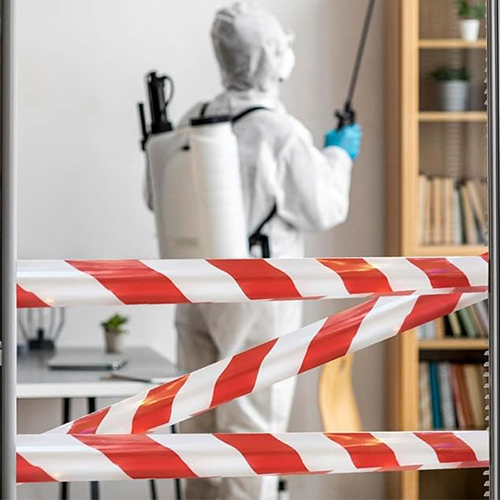Specifications:
- Types:
- Continuous Flow Airline Respirators: Provide a steady supply of air to the user through a hose.
- Pressure-Demand Airline Respirators: Deliver air only when the user inhales, conserving air supply.
- Combination Airline Respirators: Include an auxiliary self-contained air supply for emergency situations.
- Features:
- Clean Air Supply: Provides a continuous or on-demand supply of clean air from a remote source.
- Long-Duration Use: Suitable for extended work periods without the need for frequent replacements.
- Versatility: Can be used with various facepieces, including full-face masks, hoods, or helmets.
- Comfort: Designed with ergonomic considerations to reduce user fatigue during long-term use.
- Safety Alarms: Equipped with alarms to alert users of low air pressure or other issues.
- Design:
- Durable Construction: Made from materials resistant to chemicals, heat, and other harsh conditions.
- Adjustable Straps and Harnesses: Ensure a secure and comfortable fit for different users.
- Quick Disconnect Couplings: Allow for easy and rapid connection or disconnection from the air supply.
- Hose Management: Designed to minimize tangling and ensure unobstructed movement.
- Compliance:
- Standards: Meets OSHA, NIOSH, and other relevant safety standards for respiratory protection.
Applications: Airline respirators are essential in industries such as chemical manufacturing, painting, pharmaceuticals, and hazardous material handling. They are particularly valuable in confined spaces or environments where air quality is compromised, providing workers with a reliable source of breathable air. These respirators protect against inhalation of toxic substances and ensure safe working conditions in high-risk areas.
Airline respirators are critical for ensuring the health and safety of workers in hazardous environments. Their ability to provide a continuous supply of clean air makes them indispensable for tasks involving prolonged exposure to contaminants. By using airline respirators, companies can maintain compliance with safety regulations and protect their workforce from respiratory hazards.








